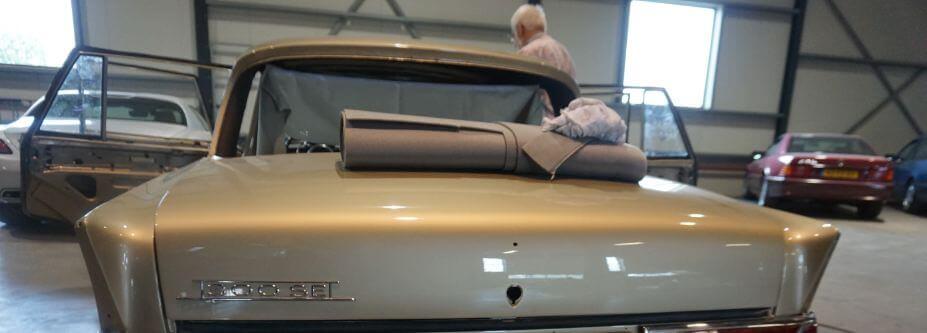Introductie en historie Mercedes-Benz Baureihe W110 – W111 – W112
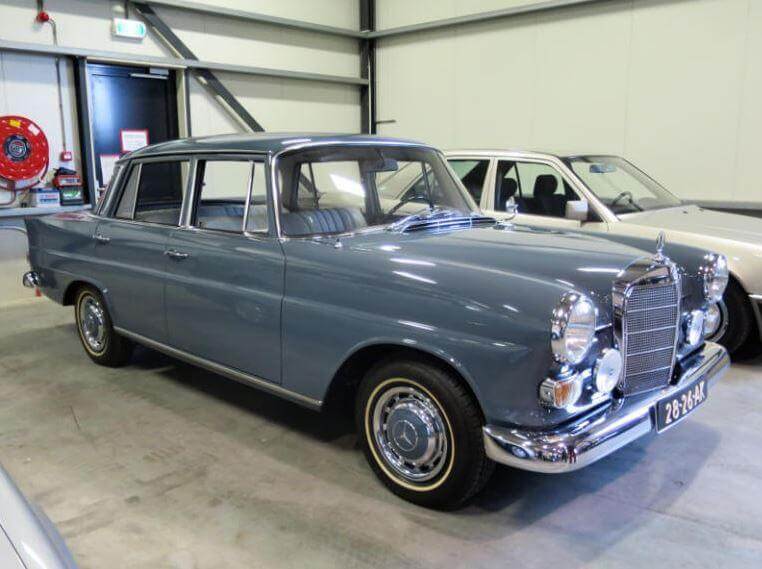
Introduction and History of the Mercedes-Benz W110, W111, and W112 Series (1959–1971)
The W110, W111, and W112 series, collectively known as the “Heckflosse” (Fintail in English), marked a major step forward in engineering, safety, and styling for Mercedes-Benz during the postwar boom years. Built between 1959 and 1971, these models introduced groundbreaking innovations in passive safety, while establishing clear product tiers: mid-range, luxury, and prestige.
Despite their visual similarities, the three series served distinct purposes, featuring different engines, equipment levels, and market positions. What united them was a new focus on crash safety, modern styling, and a solid reputation for engineering excellence.
🚘 Design Origins: The “Fintail” Look
Designed under Friedrich Geiger and Karl Wilfert, the models took inspiration from American design trends of the late 1950s.
The signature small tailfins were meant to improve rear visibility — hence the nickname “Heckflosse.”
Beneath the styling, however, lay Mercedes-Benz’s first structured safety body, incorporating innovations from Béla Barényi, including:
Crumple zones front and rear
A rigid passenger safety cell
Collapsible steering column (later models)
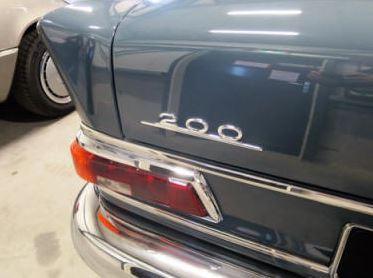
Mercedes-Benz W110 (1961–1968): The Mid-Range Fintail
The W110 replaced the W120 “Ponton” and served as the mid-size family sedan, positioned below the W111/W112 luxury models.
Key Models:
190 / 190c / 190Dc / 200 / 200D / 230
Available with inline-4 petrol and diesel engines
Known for:
Durability and economy (especially the 190D and 200D)
Being the first Mercedes-Benz cars widely used as taxis across Europe
Production:
Total W110 units: approx. 628,000
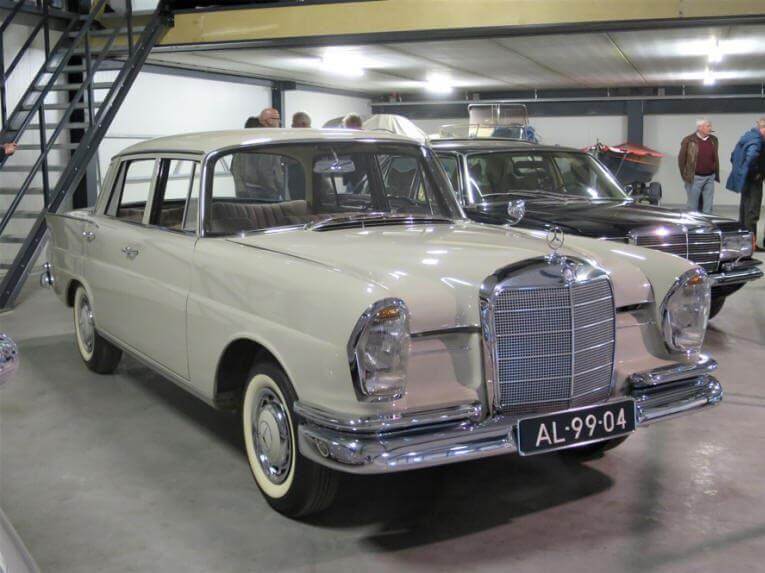
Mercedes-Benz W111 (1959–1971): The Luxury Sedan and Coupé
The W111 debuted in 1959 as the successor to the W180/W128 “Ponton” six-cylinder models, and introduced Mercedes’ new safety body.
Sedan Models (1959–1968):
220b / 220Sb / 220SEb / 230S
Inline-6 petrol engines (M180 and M127)
High-end interior finish (wood dash, fine upholstery)
Popular as government cars and executive transport
Coupé and Cabriolet (1961–1971):
220SE / 250SE / 280SE
Timeless, elegant design — no tailfins
Highly collectible today, hand-built quality
Production:
W111 sedans: approx. 337,000
W111 coupés/cabriolets: approx. 38,000
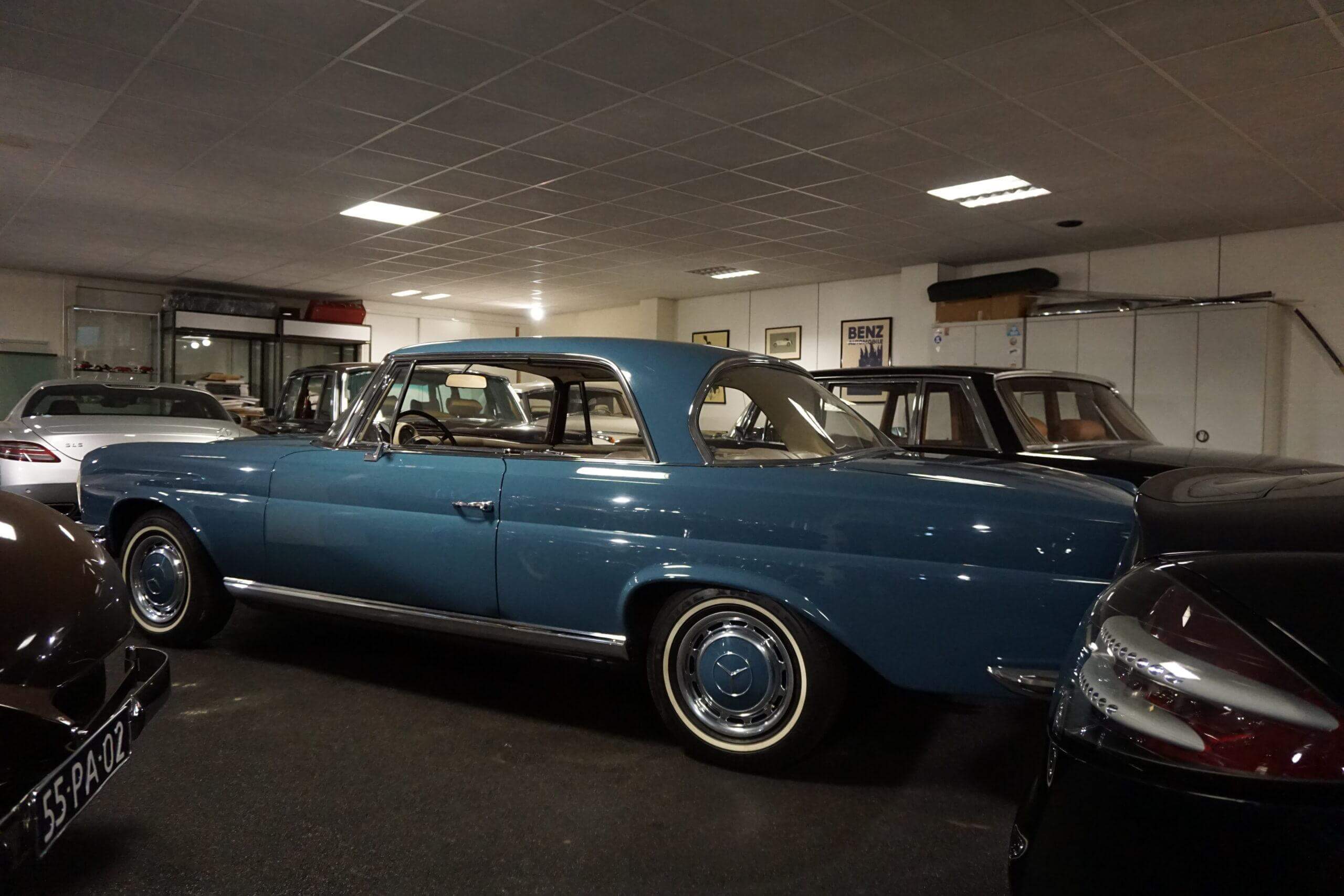
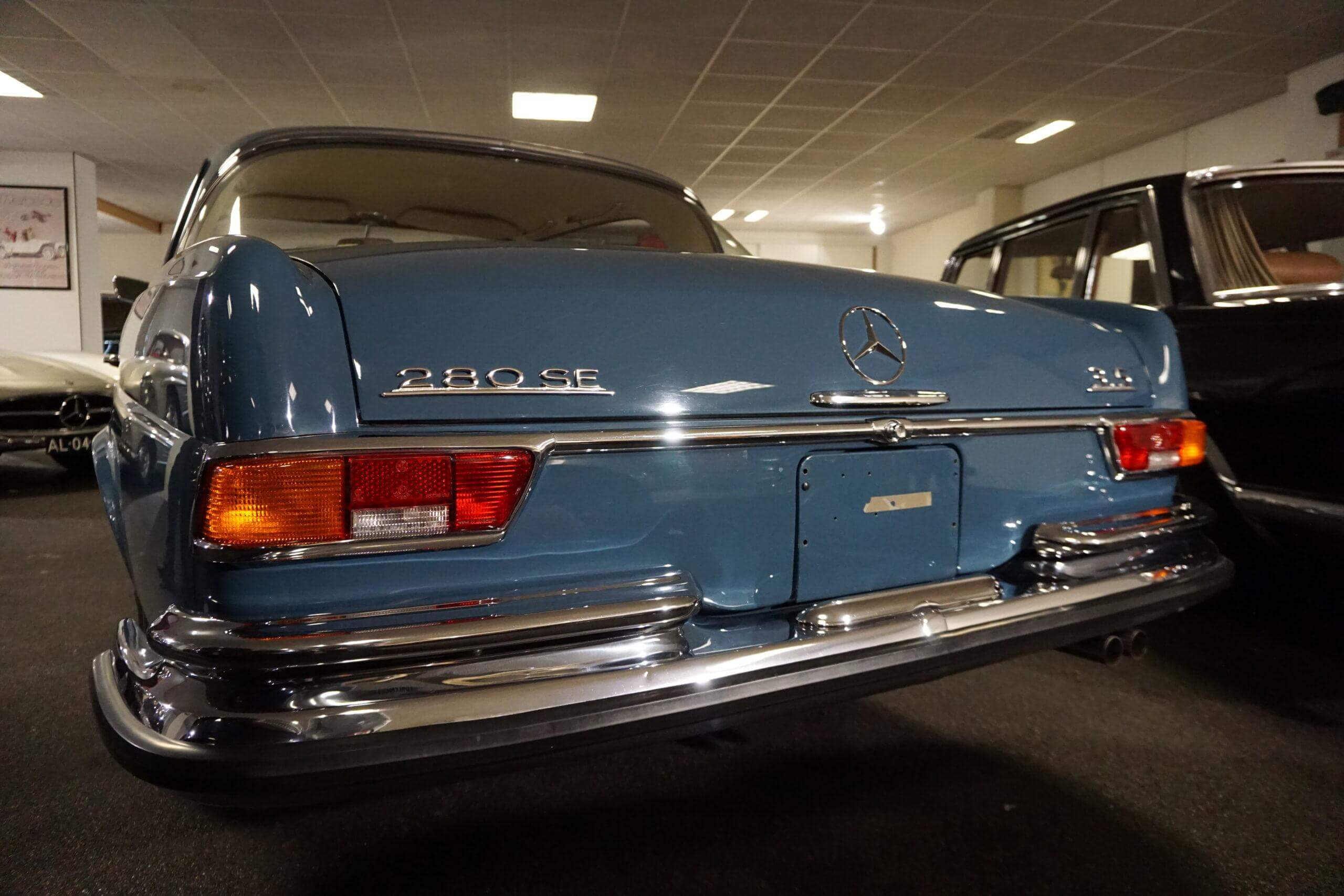
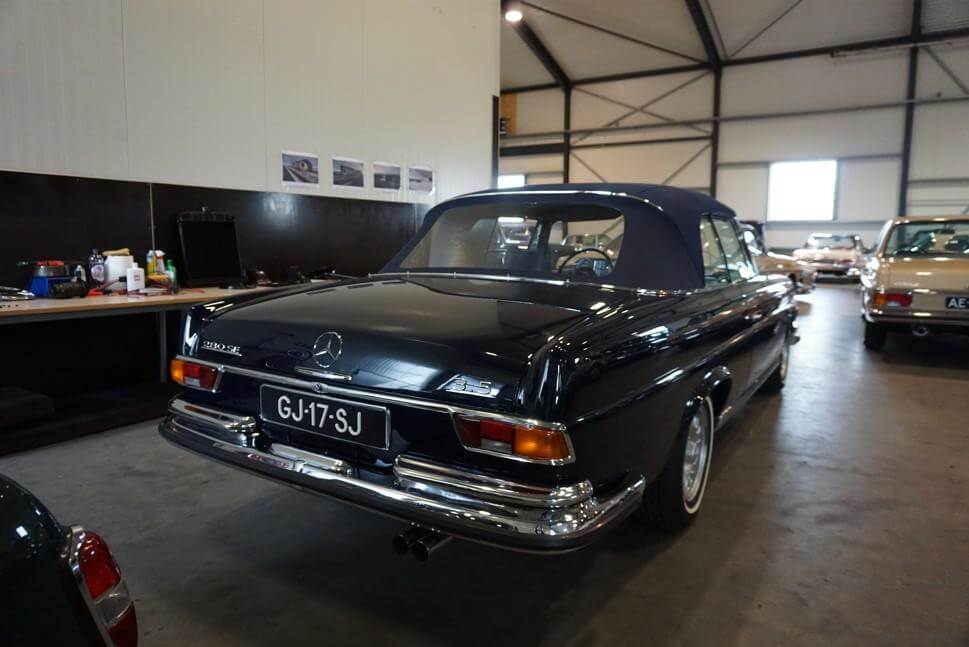
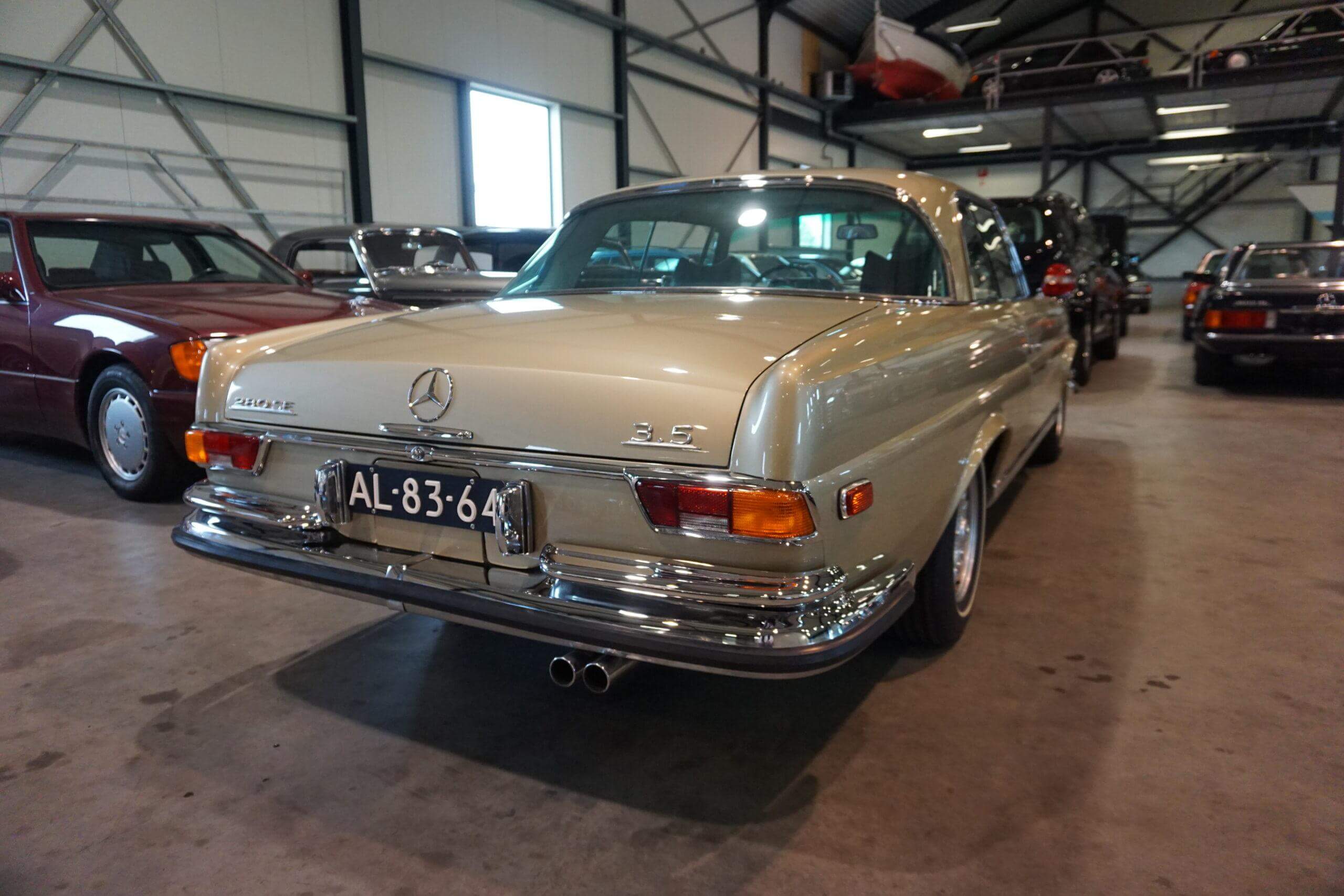
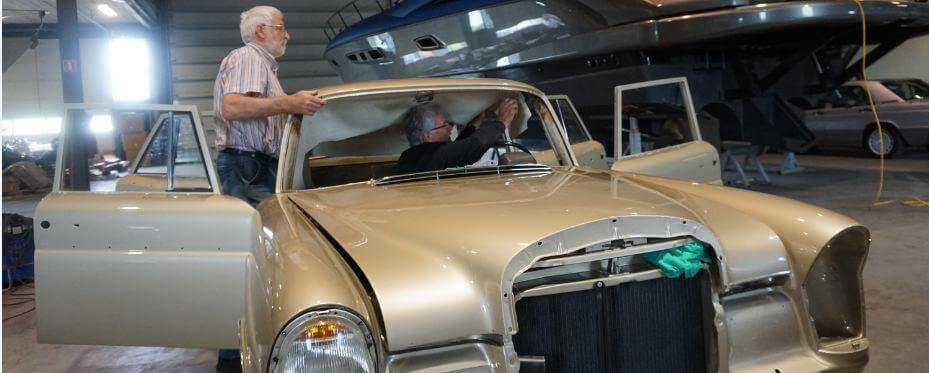
Mercedes-Benz W112 (1961–1967): The Flagship 300SE
The W112 was the most exclusive of the three series, intended as a prestige model for the elite — placed above the W111.
Models:
300SE sedan / coupé / cabriolet
Powered by the M189 3.0L inline-6 with mechanical fuel injection
Included air suspension, power steering, automatic transmission, and luxury trim as standard
Used extensively as diplomatic cars and in ceremonial roles
Production:
W112 total units (all body styles): approx. 6,748
Extremely rare compared to W111/W110 models



Technical Highlights (Across the Series)
Safety bodywork: a world first at this scale
Optional or standard automatic transmission
Power brakes, power steering, and air suspension (W112)
Early models featured column-shift manual gearboxes
Available in both left-hand and right-hand drive
🏁 Legacy and Influence
First cars to incorporate modern crash protection — a precursor to modern automotive safety
The W111 coupé/cabriolet line evolved into the W108/W109 and later S-Class coupés
The W110 laid the foundation for what became the E-Class
Regarded for their tank-like build quality, long service life, and classic elegance
Summary of Production
| Series | Main Role | Production Years | Units |
|---|---|---|---|
| W110 | Mid-range sedan | 1961–1968 | ~628,000 |
| W111 | Luxury sedan, coupé, cabriolet | 1959–1971 | ~375,000 |
| W112 | Prestige flagship | 1961–1967 | ~6,748 |
Total across all variants: ~1 million units
The Mercedes-Benz W110, W111, and W112 “Fintail” series symbolize the company’s leap into the modern age. With a groundbreaking focus on safety, styling, and structural engineering, these models introduced features we now take for granted in today’s cars.
They also established a product hierarchy that persists today — from mid-range E-Class roots (W110) to luxurious and exclusive S-Class ancestors (W112) — all wrapped in bodywork that defined the stylish optimism of the 1960s.
